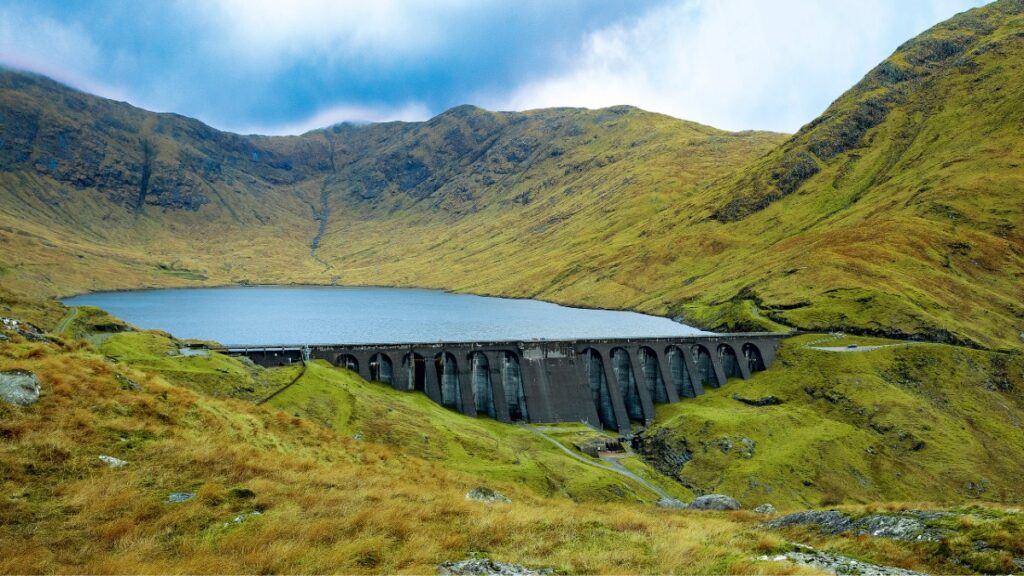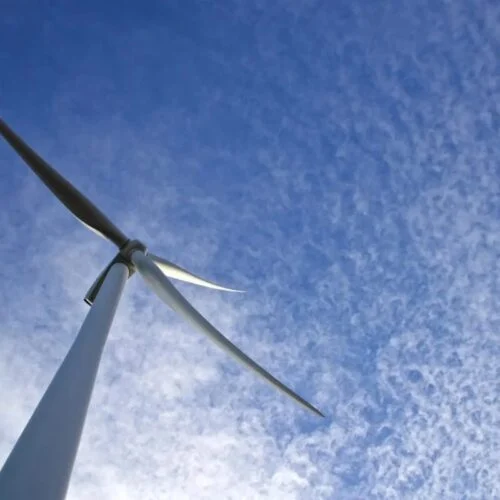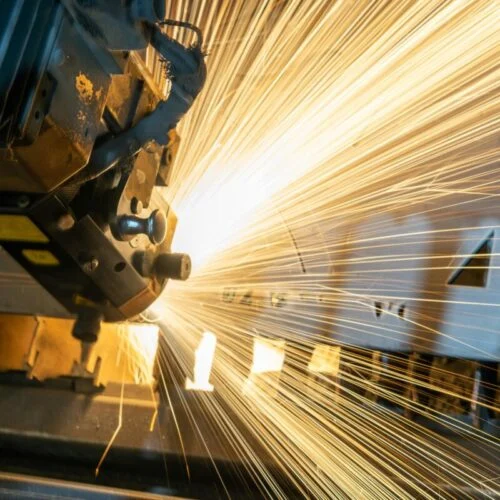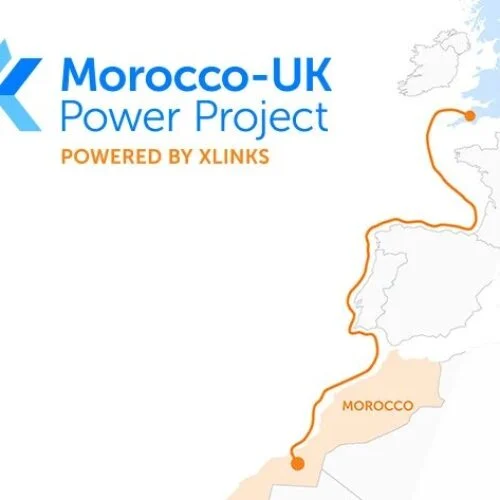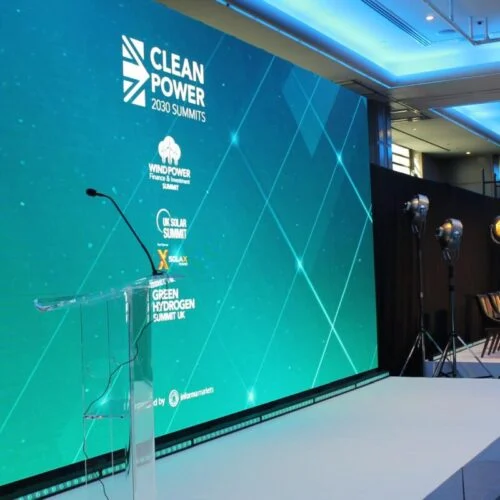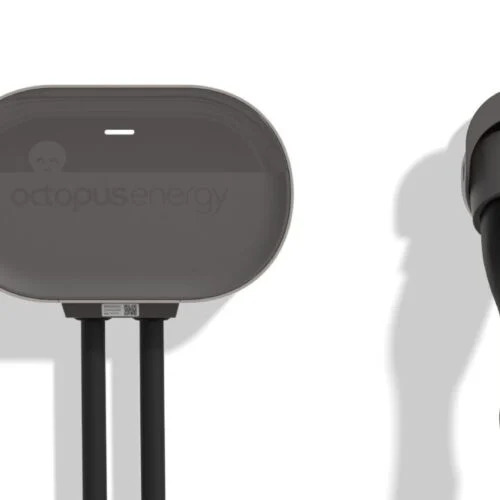UK energy regulator Ofgem is set to design and deliver the first round of a cap-and-floor support scheme for long-duration energy storage (LDES) including changes made after a consultation period at the beginning of this year.
On 10 December, the Department for Net Zero and Energy Security (DESNZ) confirmed that the scheme would go ahead with the most significant change being the potential inclusion of lithium-ion batteries in the support system.
The original consultation paper from January said: “We consider it appropriate to exclude electricity storage technologies that can already be funded under existing market arrangements, such as lithium-ion Battery Energy Storage Systems (BESS).”
However, a big portion of the feedback from the consultation, held between January and March, was unsupportive of the move and there were 39 ‘disagree’ responses out of 96 respondents.
The government maintains that projects should not be eligible for support if they can already be readily deployed via existing market revenue opportunities.
“However, we would not wish projects to be excluded solely on the basis of their technology type. The principle of additionality would entail that support be available only to projects that are technically feasible, but are not otherwise commercially feasible without a guaranteed minimum revenue,” the government response said.
“This may, for example, include novel iterations of lithium-ion batteries which are specifically developed for longer-duration electricity storage, so long as they also meet the other eligibility criteria that apply.”
Minimum project size should decrease
Speaking to our sister site Energy-storage.news, a spokesperson for high-density pumped hydro energy storage (PHES) technology firm RheEnergise shared the company’s thoughts on the latest version of the LDES scheme.
RheEnergise advised that the minimum project size be reduced in both application routes. Stream 1, for mature technologies, requires a Technology Readiness Level (TRL) of 9 and minimum project size is 100MW. For Stream 2, novel technologies applying for support must have TRL 8 and a minimum size of 50MW.
RheEnergise says for the TRL 8 scheme, a 50MW hurdle is likely to cost at least £100m, which would prove a preventative barrier to commercialisation. It feels that 10MW would enable smaller TRL8 projects in sequence. It also recommended lithium-ion be excluded from the TLR 8 scheme.
For the TRL 9 scheme, developing more, smaller LDES projects means they can be connected sooner, resulting in greater system benefit. Larger projects take much longer to develop and grid connections are very slow. RheEnergise considers 50MW a more appropriate threshold.
The full version of this article, with additional comment from RheEnergise, is available with a Premium subscription to Energy-storage.news.
